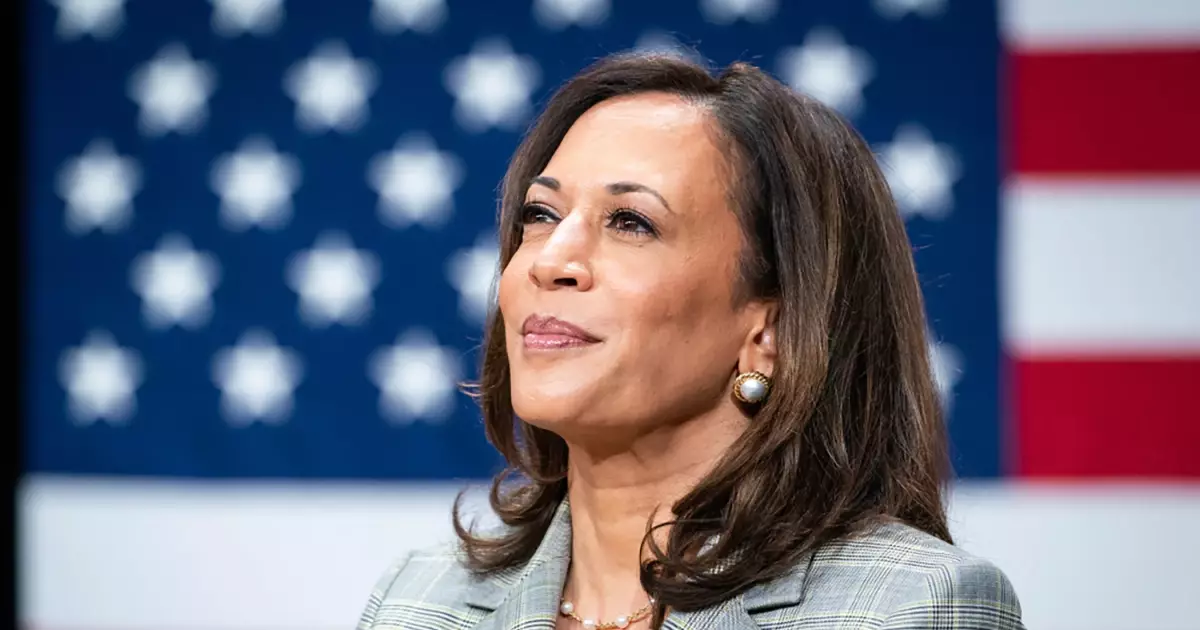The issue of affordable housing has surged to the forefront of American political discourse, particularly during key election events such as the recent vice-presidential debate. As local and federal officials grapple with the housing crisis, innovative strategies like transit-oriented development (TOD) are being touted as potential solutions. In this multifaceted approach, affordable housing is strategically situated near public transportation hubs, thus optimizing accessibility and reducing reliance on personal vehicles. This article delves into the growing emphasis on TODs, the administration’s strategies, and the potential hurdles it faces in advancing housing availability.
Transit-oriented development refers to a planning strategy that facilitates the construction of high-density housing and commercial facilities in close proximity to public transportation. This approach not only promotes sustainable commuting options but also aims to ease the housing supply crisis by utilizing existing transit infrastructure. By situating homes and businesses near public transportation routes—such as light rail and bus stations—city planners hope to create vibrant communities integrated with essential services.
During her recent interviews, Vice President Kamala Harris underscored the connection between transit systems and housing availability, advocating for a synergistic approach to development. “We need to assess the interplay between transit opportunities and affordable housing holistically,” Harris remarked, suggesting that federal initiatives could incentivize local governments to prioritize such planning. The Biden-Harris administration’s vision for housing reform centers on enhancing urban spaces while simultaneously improving public transit access, a dual strategy that could yield wider societal benefits.
The Build America Bureau of the U.S. Department of Transportation has recently reported significant movement in the realm of TOD projects, with a pipeline boasting an impressive $12 billion in pending developments. Approximately 70% of submitted proposals under the innovative financing asset program focus on TODs and urban redevelopment. Additionally, recent legislative actions have paved the way for financial tools, such as the Transportation Infrastructure Financing and Innovation Act (TIFIA) loans, to be utilized more efficiently, facilitating the realization of TOD projects across the country.
Notably, a recent breakthrough was achieved when the Transportation Department granted its first-ever TIFIA loan for a TOD in Washington state. This milestone is indicative of an evolving framework through which federal resources can empower local initiatives, potentially transforming urban housing landscapes. However, despite the promising rhetoric and initial progress, experts like Yonah Freemark of the Urban Institute have raised concerns about the slow pace of these initiatives. As he notes, excitement around leveraging transit infrastructure must translate into tangible outcomes, a challenge that persists amidst slow implementation.
A Bipartisan Concern: Local Regulation and Zoning Laws
While federal mechanisms play a critical role, local regulations and zoning laws emerge as major roadblocks to effective housing reform. Political figures from both sides of the aisle recognize the burden of over-regulation. During the vice-presidential debate, proposals emerged to motivate local governments to cut unnecessary bureaucracy, paving the way for expedited housing development. Gov. Tim Walz of Minnesota called for more streamlined processes while Ohio Senator JD Vance attributed high housing prices to both federal regulations and increased immigration.
Despite a unified acknowledgment of the need for regulatory reform, the reality is complicated by the political landscape. Local governments are often resistant to changes that might disrupt established zoning laws. Freemark pointed out that the resistance within Congress to impose changes on localities complicates the push for meaningful reform. As discussions around housing evolve, local leaders will need to initiate meaningful changes in zoning practices voluntarily to unlock housing opportunities.
Harris emphasizes the necessity of innovative funding strategies, including the proposal for a $40 billion “local innovation fund.” This fund is designed to empower cities and states, as well as private developers, to implement creative solutions for housing shortages. Strategies could involve reducing regulatory barriers, employing novel building techniques, or harnessing self-sustaining financial models to enhance construction efforts. The potential for a more vibrant housing market rests on the successful execution of such initiatives.
However, the path to progressive reform in housing policy requires more than just funding. Congressional collaboration is essential, as previous legislative attempts to address the housing crisis have been stymied by varied political priorities. The Biden administration, in its early proposals, included significant housing reforms but faced opposition that halted its progress.
The rising prominence of affordable housing within the political arena is a sign of shifting priorities, suggesting that policymakers are beginning to recognize the critical need to address this issue. While transit-oriented development offers a compelling framework for integrating housing with public transit, the successful realization of this vision rests on enhanced governmental cooperation, financial innovation, and progressive zoning reforms. As discussions continue to unfold, the hope remains that innovative strategies will catalyze action, bringing us closer to a viable solution to the affordable housing crisis.


Leave a Reply